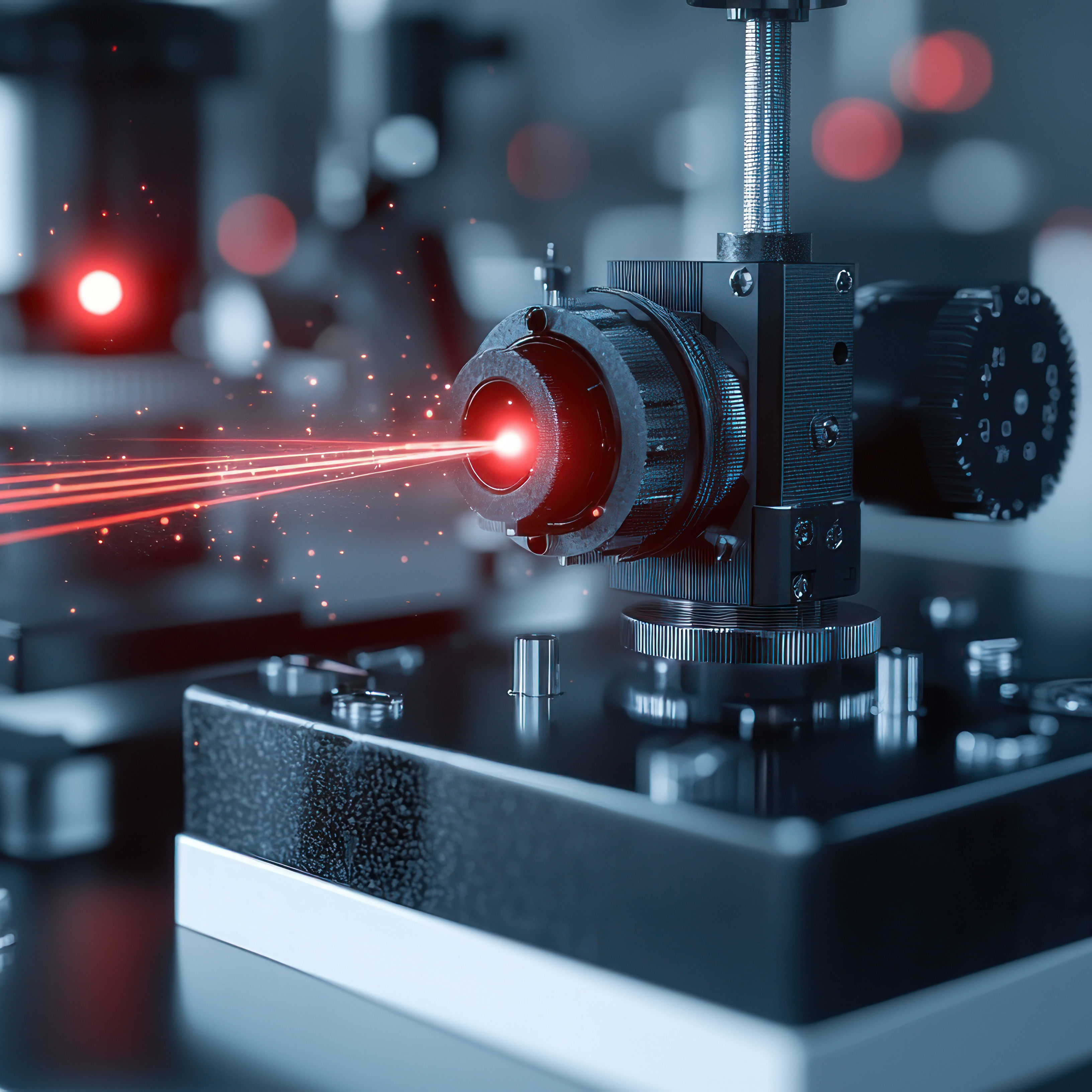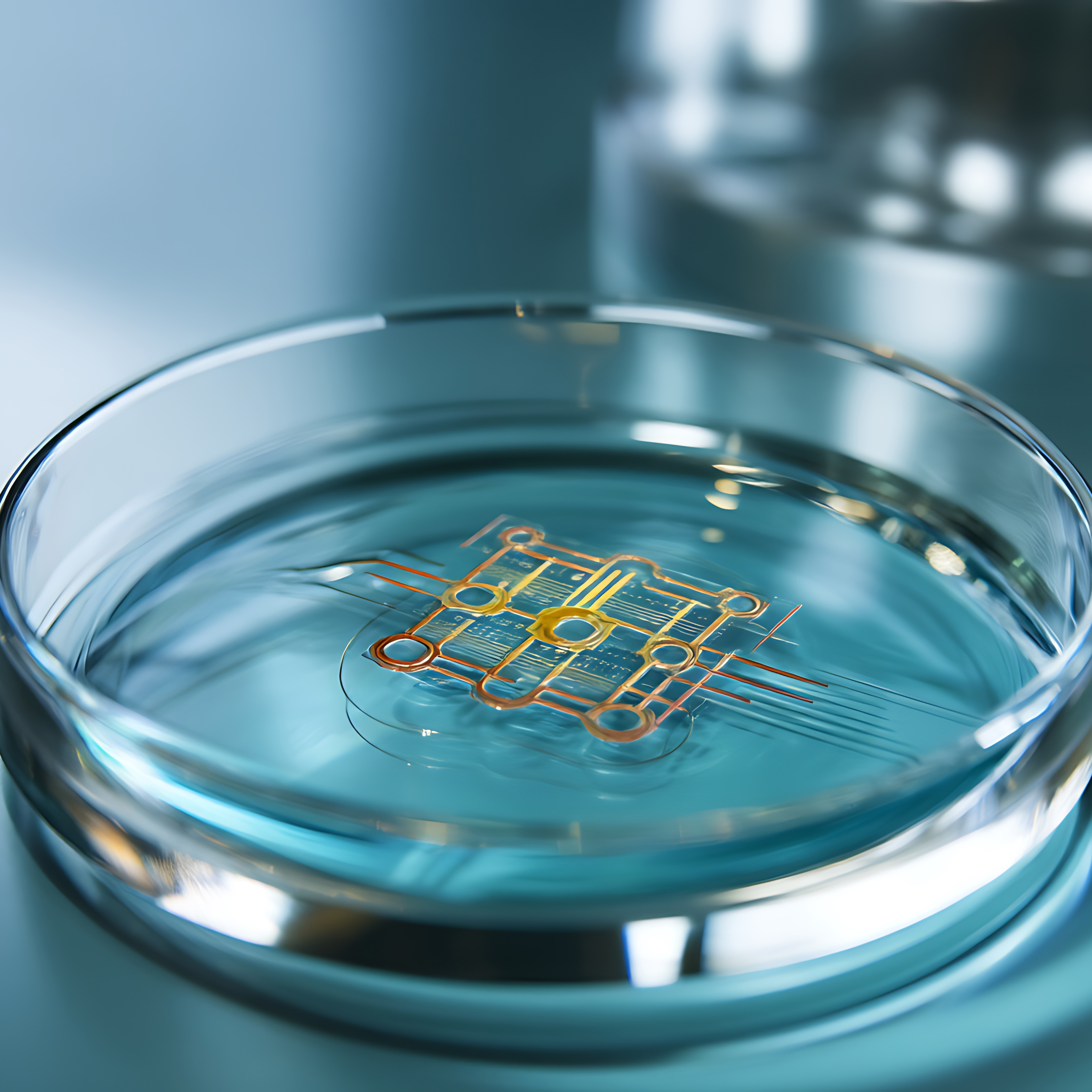Why Choose Cal Poly's EE Graduate Program?
The Electrical Engineering Department offers a distinctive Master of Science program that emphasizes Cal Poly's signature "Learn by Doing" philosophy. Our program features extensive laboratory facilities spanning 35,000 square feet, providing students with hands-on experience that complements theoretical coursework. Many of our graduate courses integrate both lecture and laboratory components, offering practical application of advanced concepts.
Program Features:
- Integrated Learning Environment: Graduate students are fully integrated into our department community, with dedicated office space and opportunities to serve as laboratory instructors for undergraduate courses
- Faculty Focus: Our faculty concentrate their graduate education efforts on the Master's degree level, ensuring dedicated attention and mentorship for MS students
- Professional Development: Weekly EE 563 graduate seminars provide networking opportunities and exposure to current research and industry trends
- Flexible Program Tracks: Choose between Exam-Based and Thesis-Based tracks to align with your career objectives
- Research Opportunities: Work closely with faculty on cutting-edge research in areas including power systems, RF/microwave design, signal processing, and computational intelligence
Our program combines rigorous academic preparation with practical experience, preparing graduates for successful careers in industry or continued doctoral studies. Students benefit from small class sizes, personalized faculty attention, and a supportive academic environment that fosters both technical excellence and professional growth.
Getting Started in Your First Quarter: During your first quarter, prioritize meeting faculty members and exploring research opportunities within the department. The Electrical Engineering field encompasses diverse specializations, and it is essential to identify research groups and projects that align with your interests and career goals. Contact faculty members directly via email to schedule introductory meetings. Come prepared with questions about their research and potential collaboration opportunities. For thesis-based students, identifying a research advisor early in your first quarter is crucial for program success. Exam-based students should use this time to explore technical areas that will inform their coursework selection and comprehensive exam preparation.
HOW MANY UNITS TO GRADUATE? It takes 45 units of study to complete your MS degree. The break-down of units is as follows and more detailed descriptions are in the MS handbooks below:
- 3 units of EE563 Seminar (Every Friday afternoon all year long)
- 9 units of EE599 Thesis (for Thesis-based track)
- 25 Units minimum of units (16 units for Thesis-based track) from graduate 500-level EE courses. The main goal is to work with the EE graduate coordinator to get a study plan approved for your graduate work.
- 17 units of Electives either at the 4XX or 5XX level. The department is very flexible on the nature of these electives and they can be taken from multiple departments.
HOW LONG WILL IT TAKE TO GRADUATE? The fastest possible route to graduation is 3 quarters at 15 units per quarter. During each quarter, you would take 1 unit of EE563 (Graduate Seminar), leaving an average of 14 units for coursework, about four classes per quarter including 3 units of EE599 for thesis students. Students have completed the program in three quarters, but for thesis-track students the key is to choose the MS thesis topic before the MS year begins and complete preliminary background research.
The second-fastest route is three quarters during the main academic year plus the following summer quarter, which provides focused time to complete research, write up results, and potentially submit a paper for publication. Another common option is a four-quarter path at a slightly slower pace, taking two lecture courses per quarter to enable deeper thesis progress; many students also pursue summer industry internships to build background before choosing an employment path.
Cal Poly also has several industry research partnerships that allow the MS thesis portion of the graduate program to be accomplished while working off campus. In this case, the student works closely with both the industry research partner and the faculty research supervisor in completing the research program.
What Research Areas and Groups Are Currently Recruiting MSEE Graduate Students?
|

|
 |
 |
|
Power Electronics
Power electronics covers conversion, control, and integration of electric energy in modern systems. Work spans DC–DC, inverters, motor drives, and wide-bandgap devices for EVs and renewables. The power systems laboratory in 20-104 supports hands-on design and testing. Employers include semiconductor, automotive, and energy firms.
Key contacts: Professors Dolan, Poon, and Taufik.
|
Electric Power Systems
Electric power systems focus on generation, transmission, distribution, protection, and control as the grid transitions to low-carbon resources. Students model microgrids, renewables, storage, and smart-city infrastructure using industry-grade labs. Employers include utilities, EPC firms, and renewable developers. The Microgrid research team offers project opportunities.
Key contacts: Professors Dolan, Poon, Poshtan, and Taufik.
|
Robotics, AI & ML for Robotics
Robotics at Cal Poly centers on safe, reliable autonomy for ground, aerial, and manipulator platforms. Topics include motion planning, control, perception, learning, and human-robot interaction for real-world deployment. Coursework and labs emphasize cyber-physical systems and field experimentation. Research projects span multi-robot systems, safety-critical control, and AI-enabled behaviors.
Key contacts: Professors Farzan and Hua.
|
 |
 |
 |
|
Integrated Electronics and VLSI
Integrated electronics and VLSI design cover analog, mixed-signal, and digital circuit design from specification through layout and verification. Students prototype ASICs and test chips through MOSIS, using professional EDA tools and lab equipment. Applications include sensors, communications, compute, and power management ICs.
Key contacts: Professors Aggarwal, Chakraborty, Ghamari, Kundu, and Prodanov.
|
Computer System on a Chip
Computer System-on-Chip design integrates CPUs with configurable FPGAs and accelerators on a single die. Students explore hardware–software co-design, embedded systems, high-level synthesis, and performance optimization for application-specific computing. Projects target real-time signal processing, vision, and networking. Coursework uses modern toolchains and development boards for end-to-end prototypes.
Key contacts: Professors Aggarwal, Chakraborty, Ghamari, and Kundu.
|
Radio Frequency and Microwave
RF and microwave design addresses components and systems operating above 1 GHz, including antennas, amplifiers, filters, and links. Students use advanced CAD and measurement with vector network and signal analyzers, sources, and chambers. Facilities include screen rooms and two anechoic chambers for characterization and validation.
Key contacts: Professors Arakaki, Derickson, Nayeri, and Prodanov.
|
 |
 |
 |
|
Computational Intelligence, Machine Learning, and Image Processing
Computational intelligence and machine learning focus on modeling, optimization, and decision-making from complex data. Students study neural networks, reinforcement learning, and control of multi-input multi-output systems, alongside image and signal processing. Emphasis is on efficient algorithms and deployment on embedded or GPU platforms.
Key contacts: Professors Yu and Zhang.
|
Controls
Controls research develops methods for modeling, design, and real-time implementation of feedback systems. Topics include adaptive and robust control (H-infinity and mu-synthesis), safety-critical control using control barrier and Lyapunov functions, optimization-based MPC, and learning-based control via reinforcement learning and system identification. Applications span autonomous vehicles, robotics, power and energy systems, and networked cyber-physical systems.
Key contacts: Professors Farzan and Yu.
|
Signal Processing
Signal processing develops algorithms for acquisition, filtering, feature extraction, and modulation across audio, communications, and sensing. Students implement real-time pipelines on software-defined radios and DSP boards, validating performance with lab instruments and datasets. Applications include wireless, biomedical, and robotics systems, with attention to robustness and efficiency.
Key contacts: Professors Hua, Pilkington, and Yu.
|
 |
 |
 |
|
Small Satellite Systems (CubeSat)
Small satellite system design engages students in end-to-end CubeSat development, from mission definition and subsystem design to integration, test, and operations. Work emphasizes communications, ADCS, power, and ground systems, with flight-like processes. The group hosts the annual CubeSat workshop each April and collaboration with industry partners.
Key contacts and projects: Professor Nayeri; see polysat.org.
|
Photonics
Photonics combines electronics with lightwave systems for sensing, communications, and computing. Active research includes LIDAR, silicon photonics, and optical interconnects, supported by modeling and fabrication resources. Students design, simulate, and characterize components and links in dedicated labs. Students also participate in industry-aligned projects and field demonstrations.
Key contacts: Professors Derickson, Jin, and Kloosterman.
|
Biomedical Electronics, Imaging and Microfluidics
This research applies electrical engineering to healthcare technologies. Projects span portable instrumentation, OCT imaging, biosensors, and lab-on-a-chip devices, with growing emphasis on healthcare IoT and embedded devices for wearables and point-of-care systems. Students design low-power edge hardware, secure connectivity, and data pipelines, then prototype, acquire data, and validate with clinical or benchtop workflows.
Key contacts: Professors Aggarwal, Derickson, Ghamari, and Hua.
|
Contact Us for More Information: This listing of research areas represents only a sampling of available opportunities. Please contact us via email or phone to discuss how your interests might align with our program offerings.
HOW DO I LEARN MORE ABOUT JOINING THE GRADUATE ELECTRICAL ENGINEERING TEAM AT CAL POLY?
First level contacts include;
a. Graduate Coordinator Siavash Farzan, sfarzan@calpoly.edu, 805-756-0650
b. Department Chair Vladimir Prodanov, vprodano@calpoly.edu, 805-756-5393
c. Electrical Engineering Front Desk, ee-office-staff@calpoly.edu, 805-756-2781
d. Electrical Engineering Faculty members can be contacted individually
RESOURCES AND HANDBOOKS FOR GRADUATE STUDENTS
The following are resources helpful for current or prospective students interested in Electrical Engineering Graduate Studies at Cal Poly: